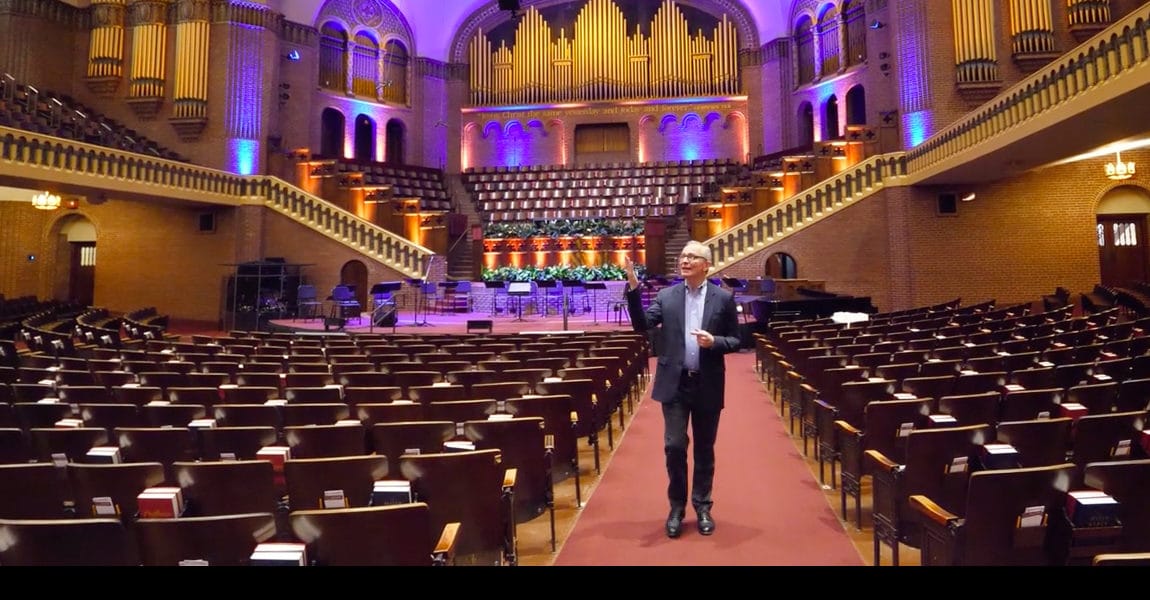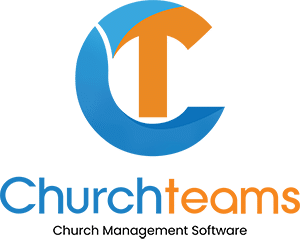Churches of all denominations are firmly rooted in rich historical traditions and timeless truths. However, these houses of worship still find it necessary to keep up with technology to better serve their congregations and communities while enhancing security.
Since many religious buildings can be more than 100 years old, great care must be given to installing phones, physical security and network systems while preserving historic structures.
Given the challenge, many churches outsource these aspects to technology integrators that are experts in all systems and are responsible for the installation. With broad expertise, integrators can extract value from each individual system, while taking advantage of the tremendous added value in a more comprehensive, fully integrated implementation. Just as important, a single source provider can find ways to reduce costs without affecting performance or security.
Updating Technology
The Moody Church is a historic nondenominational Christian church in Chicago. Since 1864, the church has been celebrating the joy of changed lives. The current church building, dedicated in 1925, features Romanesque and Byzantine architecture. The building remains one of the largest non-pillared auditoriums in the Chicago area and has permanent seating for 3,395 people: 1,956 on the main floor and 1,439 in the balcony.
“Our sanctuary still retains many historic features, including seating, chandeliers, and beautiful stained-glass windows,” says Kent Schmidt, The Moody Church’s director of finance and administration. The sanctuary was modeled in part after the Hagia Sofia in Istanbul.
Despite its history, The Moody Church has generally tried to stay at the forefront of technology.
“Our church offered one of the first broadcast radio services dating back to 1926. We have had a web presence for 25 years, and have streamed our service since 2003,” says Schmidt.
Although implementing the latest technology can be intimidating for some churches, it is increasingly expected today, particularly for larger organizations. This is why community institutions like The Moody Church seek the assistance of trusted experts when integrating key technology infrastructure.
According to Schmidt, over a 20-year span, The Moody Church has collaborated with BTI Communications Group, a technology convergence provider serving faith communities. The collaboration began with the phone system and, over time, has included many upgrades including the addition of security systems, Wi-Fi, and access control.
In 2007, the church completed construction on a three-story Christian Life Center addition to its main building, intended to provide sufficient Sunday School classroom space and accommodate new and growing ministries.
Initially, the church had utilized another vendor to install its original analog surveillance system with a proprietary recorder. By 2017, however, a more comprehensive upgrade was required to improve performance and coverage.
“Over the years, the original camera system began to fail, and its capabilities became outdated. Since our trustees wanted us to expand coverage to most of our church facility, we sought a complete surveillance system replacement with new cameras for both interior and exterior spaces, new recording hardware, and a new server. We also needed new software so we could monitor live video feeds, as well as retrieve and playback past video feeds,” says Schmidt.
Given his established relationship with BTI, Schmidt turned to the technology integrator for the upgrade. BTI proposed high-definition Axis Communications dome cameras and Milestone video management software to protect their historic facility.
“From the time of the proposal, we could tell that BTI was very interested in understanding our requirements. They submitted a proposal that truly matched our needs,” says Schmidt.
The proposal included a range of cameras to best meet the different requirements throughout the facility. In interior spaces, this involved unobtrusive cameras and in remote locations, cameras that more clearly capture images in the dark. At entrances and windows, cameras were required that offered a wide dynamic range, which could handle changes in natural lighting.
In addition, the aesthetics of integrating security cameras throughout the church were essential, even in the Christian Life Center, the most modern part of the facility.
“Here, BTI utilized recessed Axis IP cameras to provide streamlined coverage of all communal areas in the facility,” says Schmidt.
Because of the main church building’s historic architecture, Schmidt stressed the importance of installing modern technology in a minimally intrusive manner.
“We wanted BTI to take extreme care installing all of the cabling necessary for the security system. We worked closely with their installation team to ensure that every aspect of the installation was done with due care,” says Schmidt.
Unique among IT providers, BTI manages and integrates all systems down to installation of cabling and hardware.
About a year later, the church decided to replace their aging Wi-Fi in the Christian Life Center and expand coverage to the rest of the facility. They again turned to BTI for help.
“We use technology to connect with our congregation and the public. Today, people expect free Wi-Fi at almost any location, so we offer it,” says Schmidt.
According to Schmidt, during worship service, some people use Wi-Fi to connect to their online Bibles or check notes on smartphones or portable devices. Wi-Fi access is important for classes, group meetings, and connecting to email.
Beyond the main church campus, The Moody Church is reaching out to congregants and the community and effectively utilizing technology with the assistance of their longtime, trusted integrator.
When the church started a separate offsite ministry as a residential program, expanded it to a day program, and then opened an office, a physical access control system was required for a related multi-tenant building. The church also needed security cameras, an alarm system, and a phone system that could handle staff moving between multiple locations, while enabling calls from those working at home.
He sums up the advantages of working with an expert technology integrator that can handle essentially all the church’s requirements.
“With fewer vendors, we don’t need to explain everything with each proposal. They are already familiar with our building as well as with our architectural, aesthetic, and installation requirements,” he says.
For more information on BTI Communications Group, visit www.btigroup.com.














